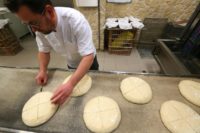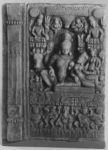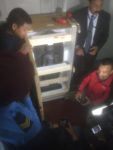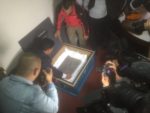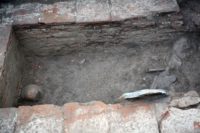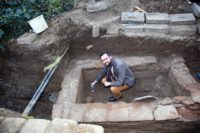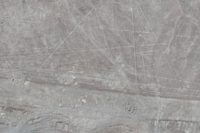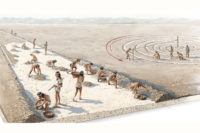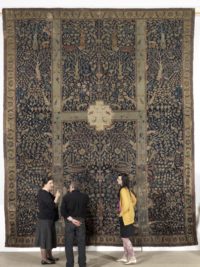 One of the greatest Persian carpets in the world is traveling from Glasgow to the United States for the first time to go on display at the Metropolitan Museum of Art in New York. The Wagner Garden Carpet was made in Kirman, modern-day southeastern Iran, in the 17th century. It one of the three earliest Persian garden carpets known in the world (the other two are at the Albert Hall in Jaipur, India, and the Museum of Industrial Art in Vienna, Austria) but its design is unique. There are no other carpets known that use its base pattern in whole or in part.
One of the greatest Persian carpets in the world is traveling from Glasgow to the United States for the first time to go on display at the Metropolitan Museum of Art in New York. The Wagner Garden Carpet was made in Kirman, modern-day southeastern Iran, in the 17th century. It one of the three earliest Persian garden carpets known in the world (the other two are at the Albert Hall in Jaipur, India, and the Museum of Industrial Art in Vienna, Austria) but its design is unique. There are no other carpets known that use its base pattern in whole or in part.
Its four-quartered garden layout is inspired by the Safavid royal gardens and the concept of the earthly paradise described in the Quran. In the middle is a basin where the channels that divide the garden meet. All along the H-shaped channels trees, plants and shrubs flower and animals — birds, butterflies, goats, rabbits, lions, gazelles, peacocks, leopards — roam amidst their lushness. Fish and waterfowl frolic in the canals.
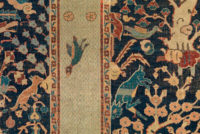 It was named after its German owner who acquired it at the turn of the century. Sir William Burrell bought it in 1939 from the Royal Bank of Scotland. He displayed it in his drawing room at Hutton Castle in Northumberland, but only owned it for five years before donating it to the City of Glasgow.
It was named after its German owner who acquired it at the turn of the century. Sir William Burrell bought it in 1939 from the Royal Bank of Scotland. He displayed it in his drawing room at Hutton Castle in Northumberland, but only owned it for five years before donating it to the City of Glasgow.
It is huge, more than 17 feet long and 14 feet wide. The warps are all cotton; the wefts wool, cotton and silk; the pile wool. Because of its massive size and the delicate condition of its textiles, it has only been on display twice in the past three decades, and has never been seen outside the UK since the Burrell purchase in 1939. It is traveling now only because the Burrell Collection closed for an extensive £66 million refurbishment in October 2016 and doesn’t reopen until late 2020.
Dr Frances Fowle, Burrell Trustees chairman, said: “The Burrell Trustees are delighted to support the loan of one of the world’s most spectacular and important carpets to one of the world’s greatest museums.
“The loan will raise international awareness of the significance of Sir William Burrell’s collection while the museum undergoes much-needed refurbishment.” […]
While on display in New York the artwork will accompanied by a supporting display relating to the importance of gardens in Islamic culture and a full public programme including a symposium and a guest lecture by Noorah al Gailani, curator of Islamic Civilisations at Glasgow Museums and the Burrell Collection.
It will be exhibited at the Met’s Islamic Galleries from July 10th through October 7th, 2018.


